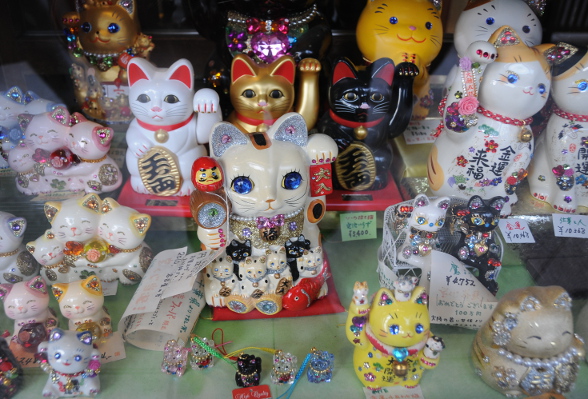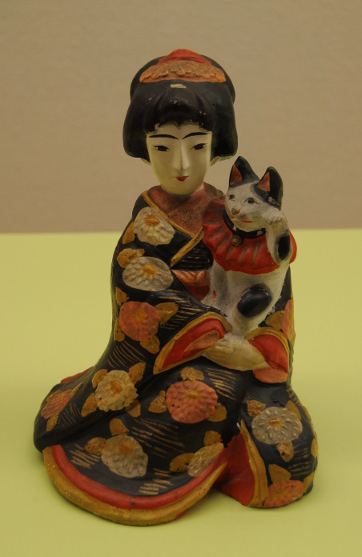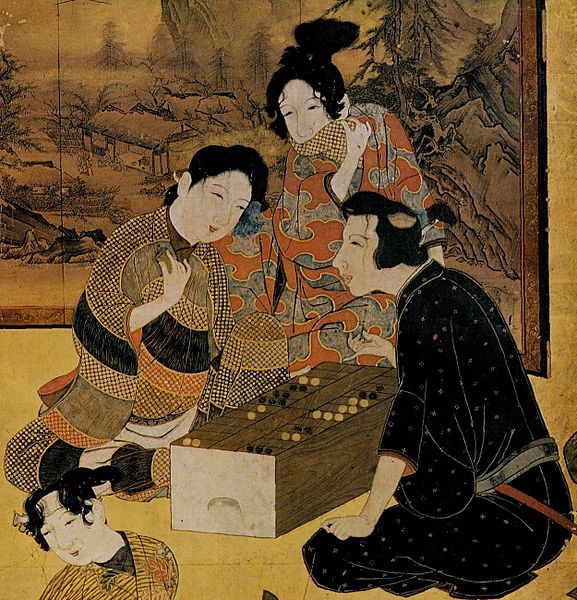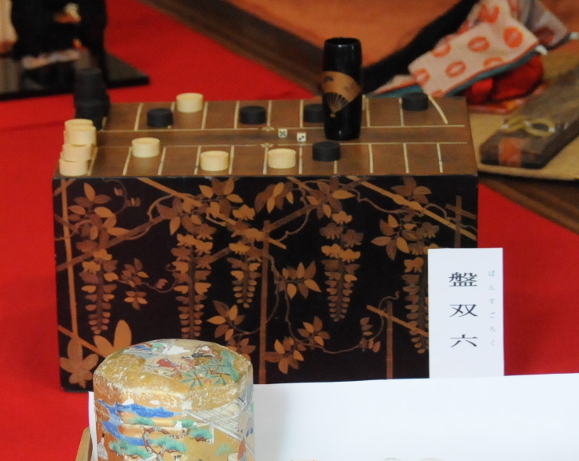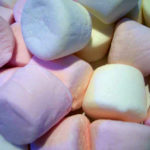I Haven’t Dreamed of Flying for a While
Taichi Yamada
 Taura is shocked. The woman he had just spent the night with is 20 years his senior, and he already considers himself old at 48. Hidden behind the screen of the hospital room, both unable to move, they shared a night full of talk and erotic passion. When Mutsuko appears in Tokyo a few months later, Taura is surprised at her looks. Without timidity, Mutsuko tells him that she is getting younger, in painful attacks that can last for days. Taura, all but dumped by his entrepreneur wife and grown-up children, and transferred to the department for “special projects” in his company where he cannot do any harm, starts an affair with Mutsuko. She, aware of what her journey must inevitable lead to, attempts to live her newfound youth to the fullest, drawing Taura into a maelstrom of sex, adventure, and lies, that even gets him into prison for child abuse. And yet, he cannot let go of Mutsuko, and she keeps getting younger and younger…
Taura is shocked. The woman he had just spent the night with is 20 years his senior, and he already considers himself old at 48. Hidden behind the screen of the hospital room, both unable to move, they shared a night full of talk and erotic passion. When Mutsuko appears in Tokyo a few months later, Taura is surprised at her looks. Without timidity, Mutsuko tells him that she is getting younger, in painful attacks that can last for days. Taura, all but dumped by his entrepreneur wife and grown-up children, and transferred to the department for “special projects” in his company where he cannot do any harm, starts an affair with Mutsuko. She, aware of what her journey must inevitable lead to, attempts to live her newfound youth to the fullest, drawing Taura into a maelstrom of sex, adventure, and lies, that even gets him into prison for child abuse. And yet, he cannot let go of Mutsuko, and she keeps getting younger and younger…
The story is written from Taura’s perspective, and he tells it rather matter-of-factly, almost unemotionally. Except for Mutsuko’s reverse ageing, everything is realistic, but we also hear very early on about Taura’s mental instabilities. Is Mutsuko real, or does she just exist in Taura’s imagination?
What an interesting idea this story is! An old woman, at the end of her life, gets a chance to relive it and, literally, be young again. And this time she is prepared to live it to the fullest! Mutsuko’s affair with Taura seems to be the only thing that is stable in this new life of hers, and while at the beginning they meet irregularly, later on, when Mutsuko turns into a child, she must rely on him more and more. Since Mutsuko is physically changing drastically at each and every one of their meetings, I cannot help wondering how much a physical change I could bear in a partner of mine. Could I really be “in love” (and intimate) with my partner if he looked, say, like a 12-year-old?
Taichi Yamada was born in Tokyo province in 1934 and studied literature before entering the Shochiku film studio. He left in 1965 to become a free screen writer, and some 30 of his scripts have won prizes in Japan. He has written mostly screen plays, but also a number of essay collections and novels.
Check this book out on amazon.



